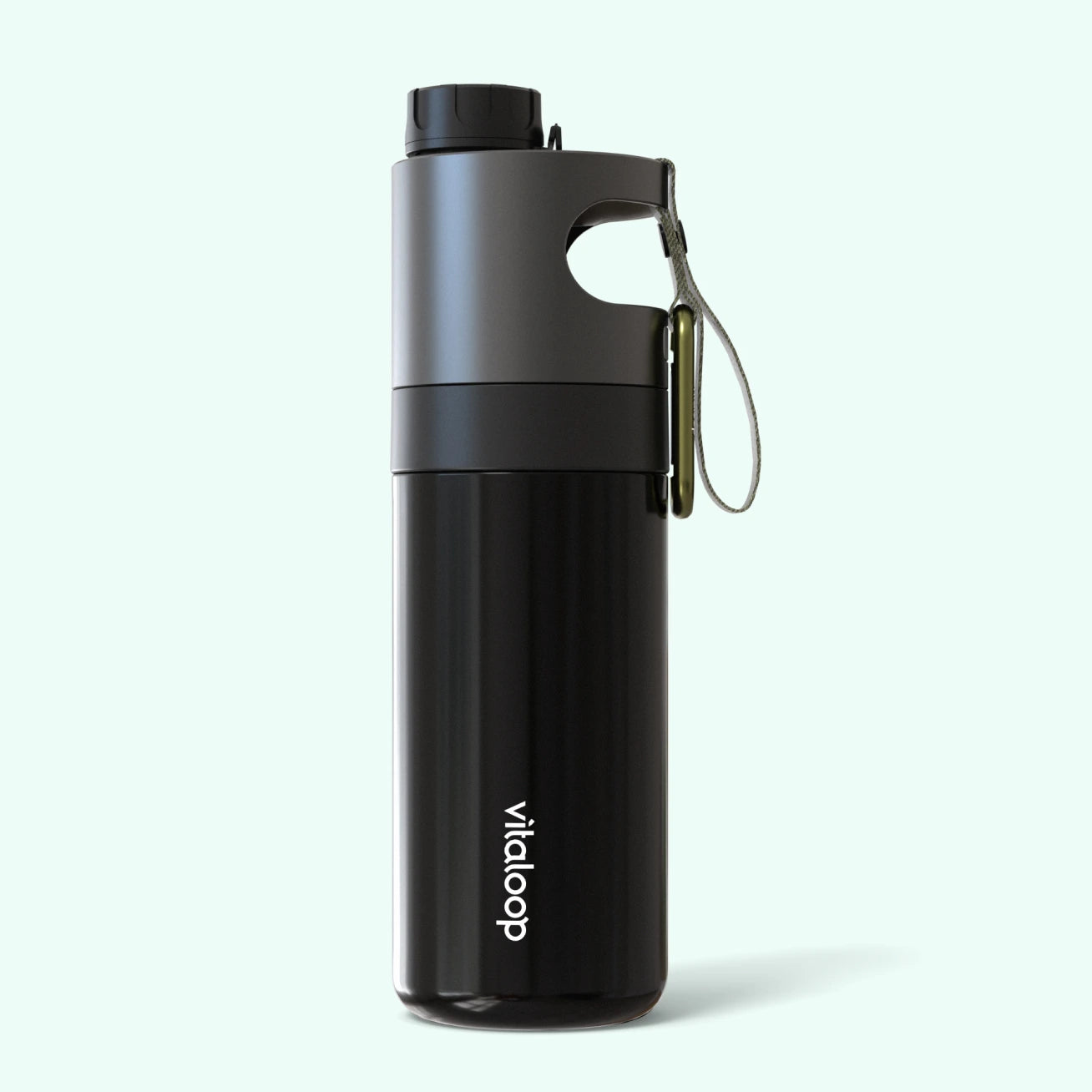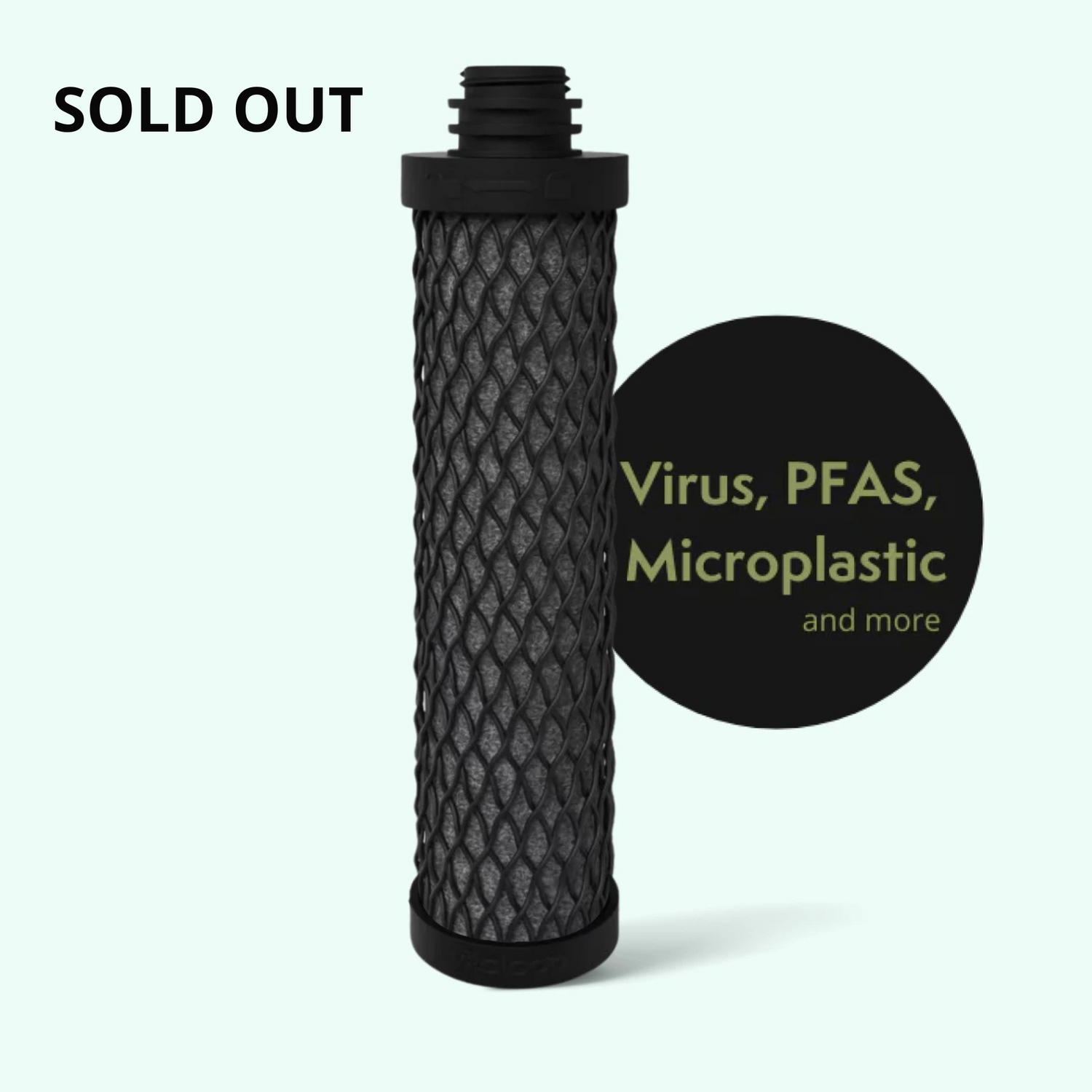From Perfecting Coffee to Reinventing Water Filtration

As a seasoned product developer, my journey has been driven by an obsession with quality and innovation. While working to perfect the coffee experience, I learned just how crucial water quality is. Purity, mineral content, and taste are essential in coffee—and this opened my eyes to broader water quality issues.
As I researched contaminants like bacteria, PFAS, and microplastics, I uncovered the complexity of water filtration. Each filtration type—from activated carbon to reverse osmosis—has distinct strengths, but many overlook real-world efficacy. Activated carbon improves taste, while microfilters eliminate bacteria and parasites. However, some technologies, like reverse osmosis, strip beneficial minerals and consume significant energy, making them less ideal for daily use.
Understanding the limitations of conventional filters, I set out to develop a versatile solution. With Vitaloop, we created a multi-stage, electrokinetic filtration system that delivers reliable water purification across different sources. Our goal? To provide clean, safe water in any scenario.
Overview of Filtration Options:
- Activated Carbon Filters (ACF): These work by adsorption, a chemical reaction where certain particles are attracted to activated carbon and bond with it. ACFs are excellent at removing organic compounds, chlorine, and improving taste and odor. However, they don't remove bacteria or viruses.
- Pros: Improves taste and odor, chemicals, and heavy metals, and removes VOCs (organic compounds). Please note: The effectiveness of contaminant removal by an activated carbon filter is determined by the size and material used.
- Cons: Doesn't remove bacteria or viruses.
- Microfilters (MF): These use a physical barrier to remove contaminants. They're excellent at eliminating bacteria and parasites but cannot remove viruses. Most of them in the market claim a 0.2-micron size which is small enough to remove bacteria and protozoa.
- Pros: Removes bacteria and parasites.
- Cons: Doesn't remove viruses or improve taste and odor.
- Ultraviolet (UV) purification: These kill bacteria, viruses, and cysts by exposing them to UV light. However, they don't remove them or any other contaminants from the water. Please note if the water is cloudy or contains particulate matter, the UV light might not reach all the microorganisms. The effectiveness of UV purification depends on the dosage of UV light. UV lamps loose effectiveness over time. Check certification and lifetime before you depend on it.
- Pros: Kills bacteria, viruses, and cysts.
- Cons: Doesn't remove other contaminants. Doesn´t improve taste and odor.
- Reverse Osmosis (RO): This system forces water under pressure through a semi-permeable membrane, effectively removing contaminants, including bacteria, viruses, and heavy metals. It's one of the most comprehensive filtration methods available. Not for daily drinking unless enhancing water with minerals afterwards.
- Pros: Removes all contaminants, including bacteria, viruses, and heavy metals.
- Cons: Requires high pressure, wastes water and energy, and removes all beneficial minerals such as calcium, magnesium, and potassium. Not for portable use outdoors. The taste feels “dead” or flat.
- Chlorine and iodine: These disinfectants kill harmful microorganisms in water, such as bacteria and viruses.
- Pros: Both are effective, cheap, and provide lasting disinfection
- Cons: Both affect water taste and are less effective against certain protozoa.

Our journey at Vitaloop is inspired by this vision, fueled by rigorous research, and committed to transparency. We understand the importance of providing accurate information, setting realistic expectations, and delivering high-quality products.
Read more about the best water filtration solutions here: https://vita-loop.com/blogs/guide/what-s-the-best-filtered-water-bottle
Arild Vikingstad
Founder of Vitaloop





